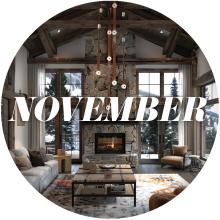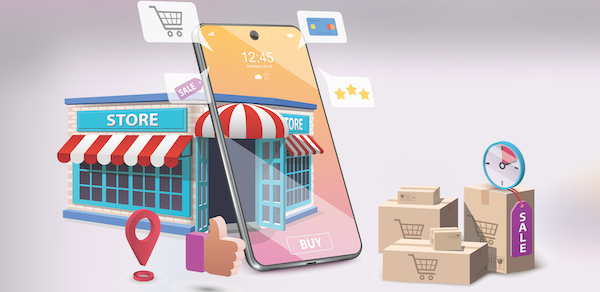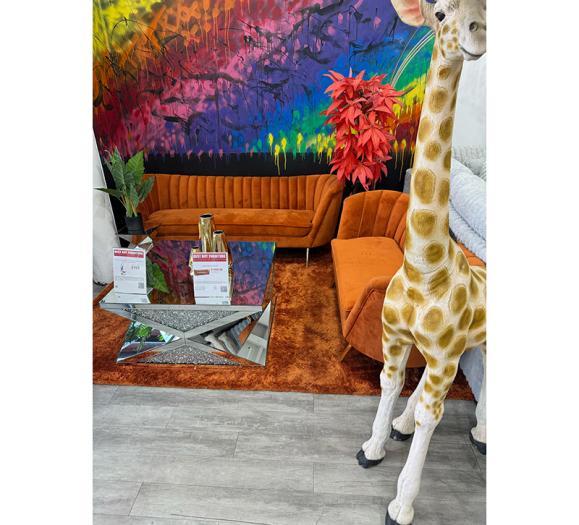In 2020, COVID-19 shifted the home furnishings landscape worldwide. With variants still forcing retailers to navigate the unpredictable, traditional sales tactics may be less effective than they were even a mere two years ago. Businesses are now encouraged to develop a strong online presence, and capitalize on the visitors who do decide to enter their store during these unprecedented times.
Below are tips for finding what works within the modern retail landscape, and effectively guiding consumers through the sales journey.
Fine-Tune Your Online Presence
Now more than ever, consumers are turning to Google to browse stores and products. Following this shift, it’s important to ensure your business appears online when someone conducts a relevant search. Set up business listings on Google, Yelp, Facebook and other platforms to improve your online reach. Add details including an accurate business name, address, phone number and business hours. Incorporating customer reviews and engaging visual content also helps attract views.
Display Your Inventory
Various platforms now allow business owners to display in-store products on Google without manually re-entering inventory data. Solutions such as Vend, a cloud-based inventory management software, allow users to track their inventory from both online and offline sales. The platform also lets retailers connect inventory data to their business profile on Google and Google Maps. The information is automatically provided online when consumers search for your business, or a product offering.
Develop Customer Experience
Hire sales associates that are passionate and knowledgeable about the products you sell. Train those associates to create great buying experiences for every customer. Your staff needs to know how to engage with people from all walks of life, and connect with potential buyers. Building a retail sales rapport also keeps customers from browsing for better deals elsewhere.
Sell Value
It’s easy to steer customers toward the cheapest option when trying to make a sale. However, markdowns are bad for profit, and the cheapest option is rarely the best option. By providing customers with a proper understanding of the premium products you’re selling, you can keep the conversation focused on their long-term value. Afterward, customers will likely be more understanding of the price differences between those levels.
Create Strong In-Store Visuals
Making your displays multidimensional by varying their visual elements helps engage consumers. Add height, color or depth whenever possible. Making your offerings useful or interactive also helps potential buyers see the products in action, so allowing shoppers to try them out is often helpful. Always display your best products at the store entrance to showcase what your brand is capable of — regardless of the price.
Stay on Top of Product Stock
With supply chain issues across the industry, staying on top of inventory may be difficult. Regardless, it is wise to have a clear idea of what products are selling so you can make the right call when it comes to ordering, running promotions, keeping tabs on inventory, and more. You can also try to forecast demand by looking at historical data and current trends. Look at product sales reports and identify your top items, and pay close attention to how fast they’re selling.







